Spreading the Cost Before the Fires Spread Further: Innovative Solution to Wildfire Mitigation
Recent predictions for the 2018 wildfire season likely have many across the West worried, especially thanks to drought conditions that have persisted through the winter in several states. Just last year over 10 million acres burned, making it one of the country’s worst wildfire seasons in recorded history. It’s no wonder people are worried.
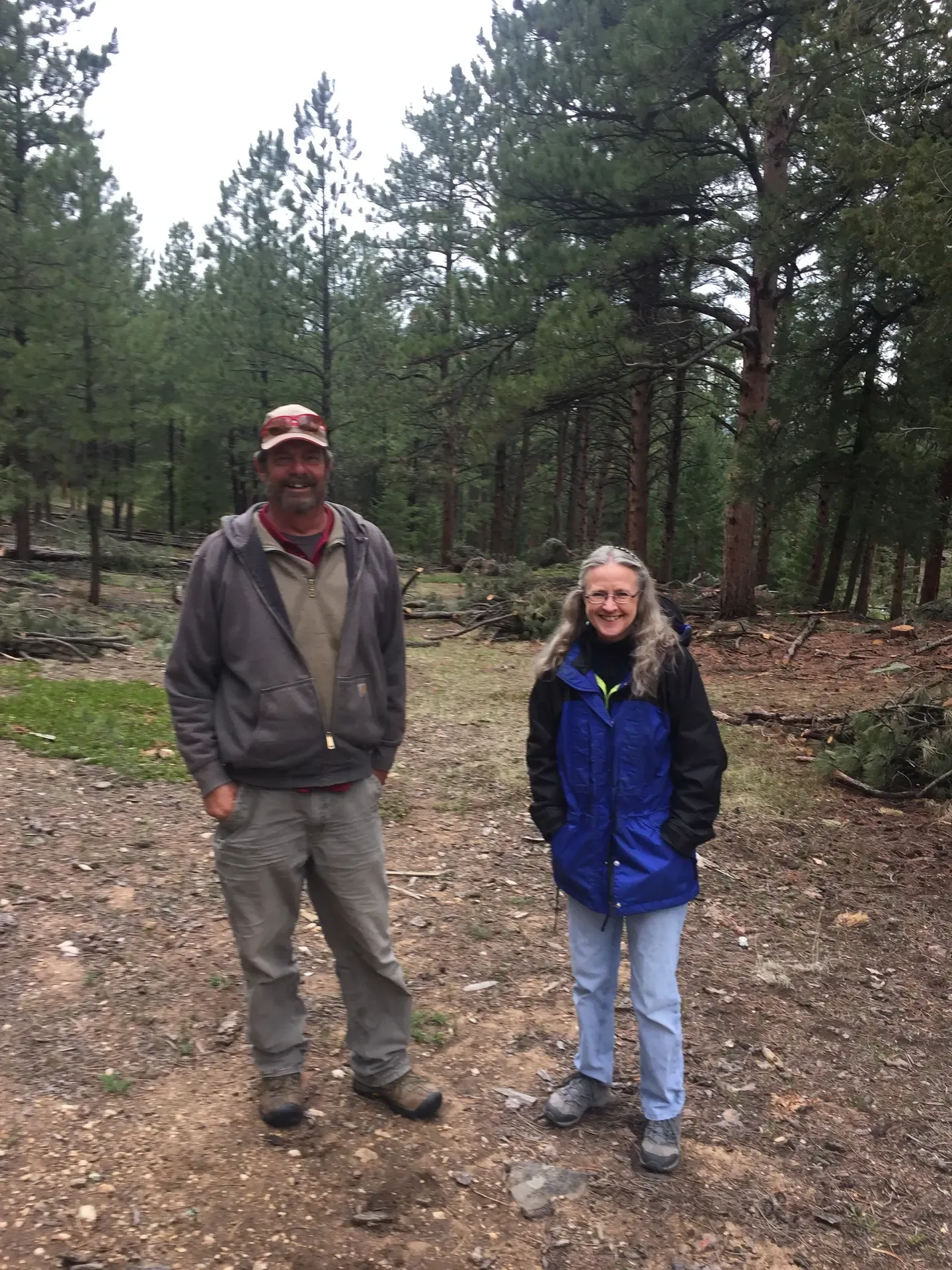
In addition to the 65+ million acres of public forests and grasslands at risk of severe fire, private landowners also face wildfire woes. In fact, the American Forest Foundation (AFF) estimates roughly 1 in 4 of the acres affected by wildfire in the past recent years has been private and family-owned.
While it’s easy to feel hopeless given the scale of the ongoing destruction each year, fires are a product of their environment. We can’t control the weather or change the topography to moderate fire behavior, but we can reduce the excess vegetation that fuels wildfires to burn unnaturally hot, thus scorching more acres, and doing more damage to the land, soil and water supply. In fact, restoring forests to a natural density can decrease the risk of severe fire while protecting air quality, water supplies, homes, habitat, and lives. No matter who owns a forest, forest resilience is intertwined with economic, environmental, and community resilience.
If the benefits of forest restoration are clear, who should pay for it is not. On public land, the U.S. Forest Service (USFS) typically fronts the bill. And while we have hopes that the new wildfire fighting funding fix, put in place by Congress this spring, will help to address the need for preventative treatments, the backlog is simply too vast and there is still the neighboring private land to consider.
On private land, the cost of forest restoration is severely problematic for owners, who are typically families and individual forest landowners. In a recent survey conducted by AFF, 77 percent of landowners cited cost as a top barrier to creating a fire resilient forest. This challenge doesn’t come as a surprise given that the average landowner makes less than $100,000 a year and the costs to thin and remove fuels often exceeds $2,000 per acre. With an average holding of 88 acres, forest landowners are facing costs exceeding $176,000.
But regardless of ownership, there are other stakeholders beyond forests borders that would be positively impacted by forest restoration. For example, 1.3 million residents in Denver, Colorado get their drinking water from the Upper South Platte Watershed northwest of the city. The five unnaturally large and severe fires that have struck this area in the past 20 years have had catastrophic impacts to their ski and outdoor industries and even more so to clean water delivery from utilities, such as Denver Water.
What if there was a way to bring together the beneficiaries of forest restoration—the USFS, private landowners, utilities, state governments, water-dependent companies, the recreation industry—to share in the costs of restoration, just as they share in the benefits?
The Forest Resilience Bond (FRB) is a public-private partnership that invests private capital in forest restoration. Just as a mortgage is an investment in homeownership, the Forest Resilience Bond is an investment in forest health. Investors earn back their money from the value that forest restoration creates for beneficiaries. For example, the USFS and private landowners make payments based on reduced wildfire severity; utilities and water-dependent companies make payments based on protected water supply and infrastructure; and state governments make payments based on job creation goals, protected air quality, and community resilience.
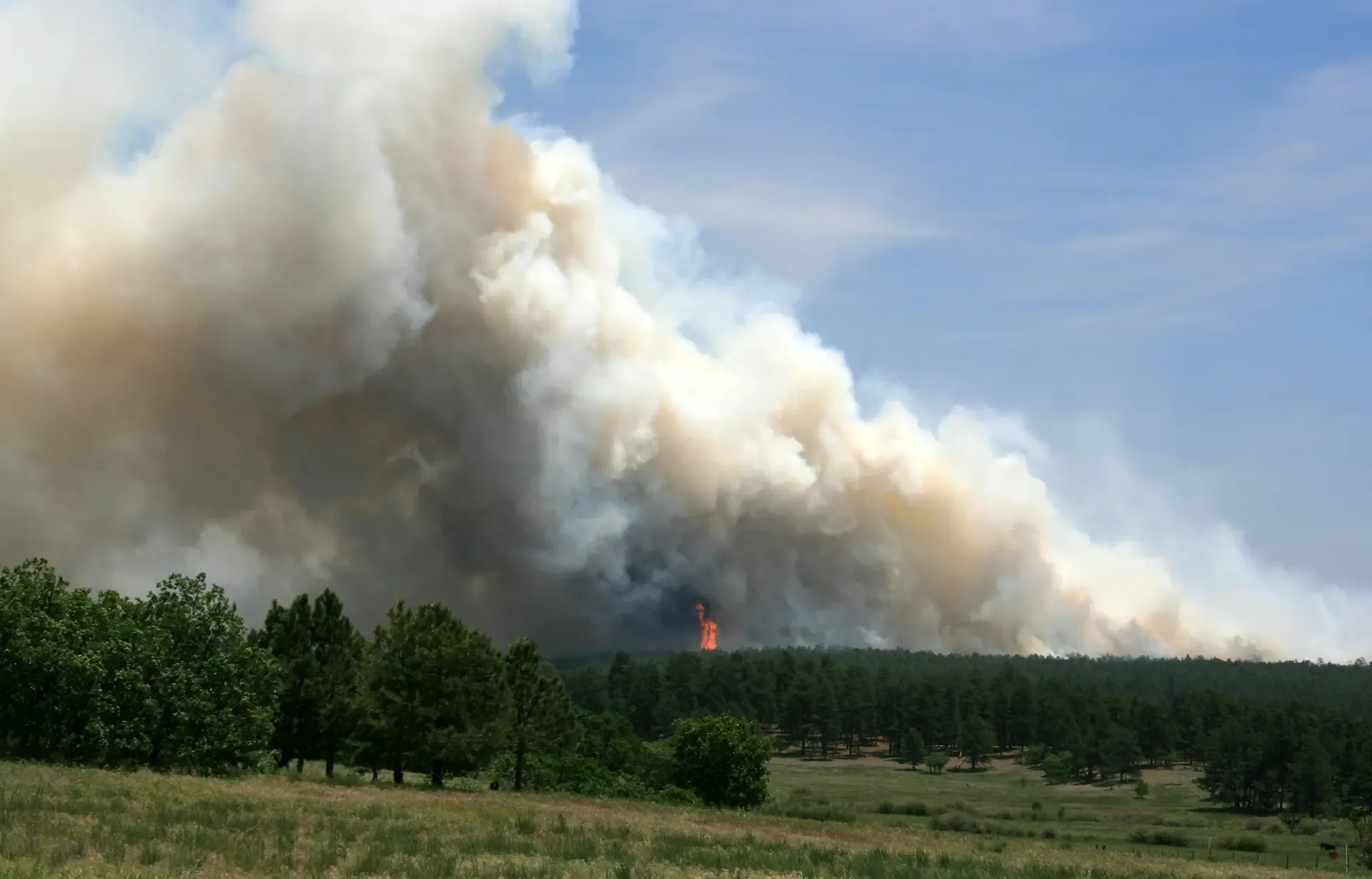
Led by Blue Forest Conservation in collaboration with the AFF, the World Resources Institute, and Encourage Capital, the FRB is an innovative approach to investing in forest restoration at a meaningful scale. With tens of millions of acres across the country in need of restoration—but no way to pay for it—and hundreds of billions of dollars of investor capital sitting on the sidelines, we are overdue for a new approach.
Considering the importance of forest resilience to our public utilities, the FRB team is developing a cross-boundary pilot project in Colorado to infuse a sustainable source of capital into a pressing environmental and social challenge.
The wildfires affecting us today end up costing taxpayers tens of thousands of dollars per acre when the smoke clears and all the damages are factored in. Forest restoration costs, by comparison, are a fraction of this. The math may be simple but funding proactive activities still isn’t the norm. Through the FRB, we hope to make the upfront investment a little easier and healthy forests a reality for today and not just an idea for the distant future.
Related Articles
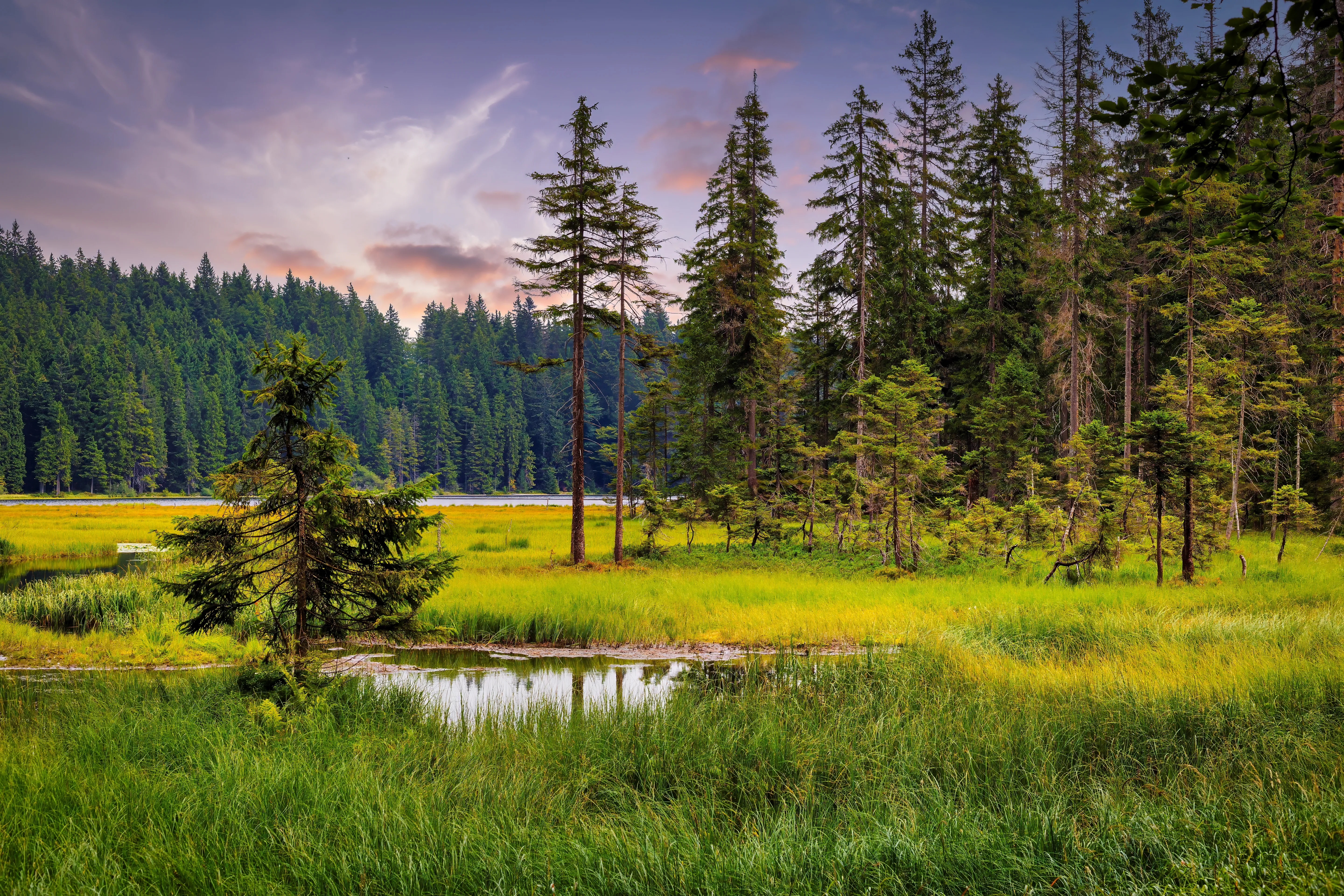
September 4, 2025
Nature is Worth Investing In: Breakthroughs in the Voluntary Carbon Market
As we head into Climate Week, it’s worth pausing to take stock of how far the voluntary carbon market (VCM) has come. For years, this space has been scrutinized, challenged, and even questioned—but over the past few years we’ve seen positive breakthrough after breakthrough, which shows just how much progress has been made.
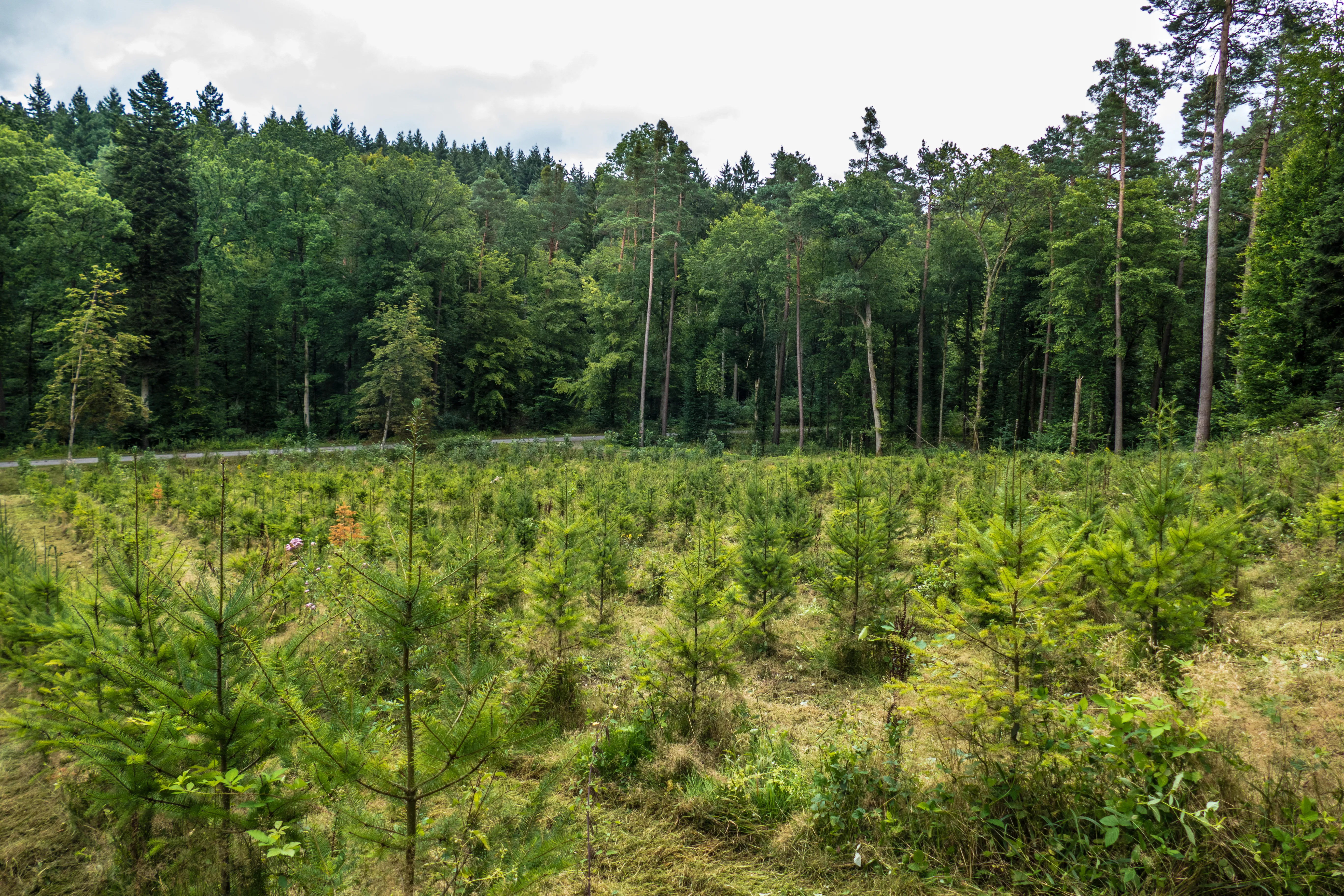
September 3, 2025
Netflix Signs Carbon Credit Deal with AFF
The American Forest Foundation (AFF) announced today that Netflix has committed to a 15-year contract to purchase verified carbon credits produced through AFF’s Fields & Forests project (F&F), an Afforestation, Reforestation, and Revegetation (ARR) carbon project that partners with family landowners to transition their underused fields to thriving, working forests.
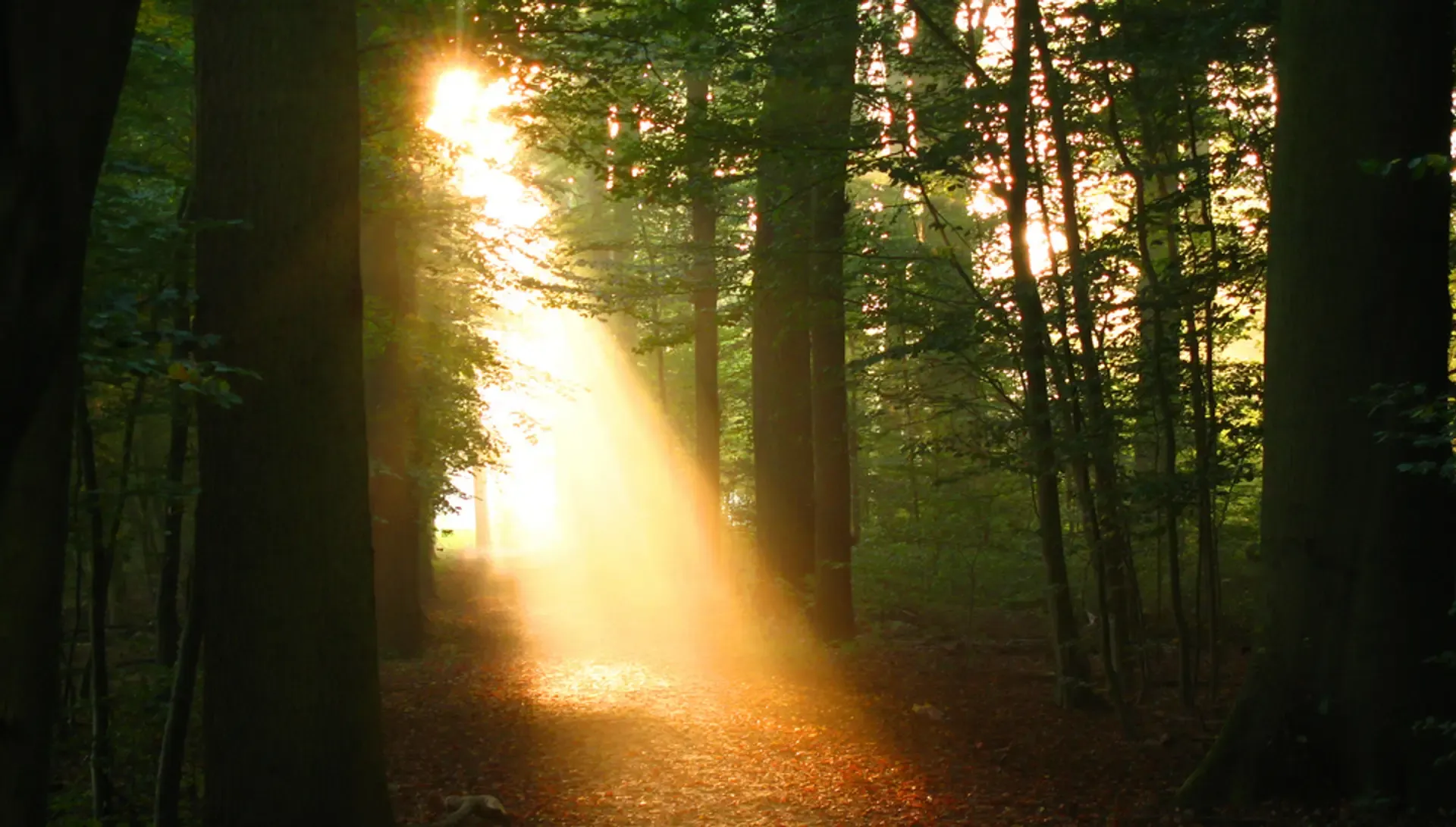
October 29, 2024
Branching Across the Aisle: How Building a Voluntary Carbon Market Benefits Rural Communities & The Planet
With the presidential election right around the corner, our television screens and social media feeds are filled with divisive messages and rhetoric. However, in a time where finding common ground seems nearly impossible, there is at least one thing that Americans on both sides of the aisle support: our forests.